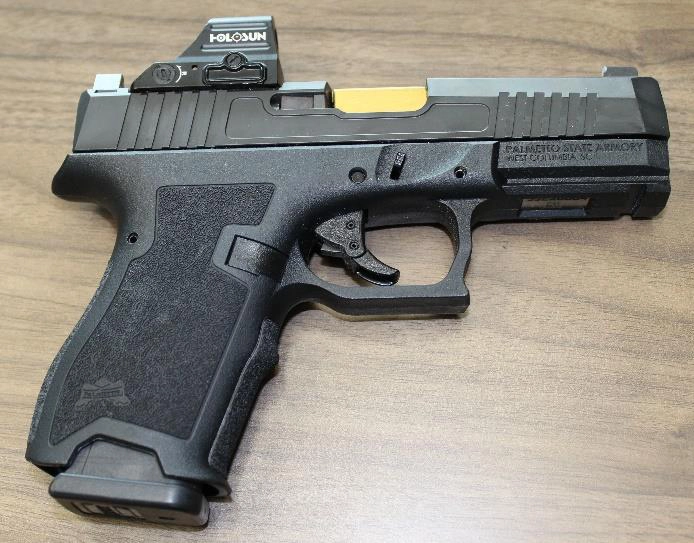Bolt-action sniper rifles have long been revered for their accuracy, reliability, and versatility. These precision firearms have played crucial roles in military conflicts, law enforcement operations, and competitive shooting. Let’s delve into the history, technical aspects, and enduring popularity of bolt-action sniper rifles.
A Brief History
The concept of using rifles for precision shooting dates back centuries, but the development of modern bolt-action sniper rifles can be traced to the 19th century. Early examples, such as the Martini-Henry and Mauser Gewehr 71, were used by military forces during the American Civil War and World War I.
The 20th century saw a significant evolution in bolt-action sniper rifles, with advancements in technology and materials leading to improved accuracy and range. Iconic models such as the Mauser 98, Lee-Enfield, and Mosin-Nagant became synonymous with sniper rifles of the era.
The latter half of the 20th century witnessed the emergence of specialized sniper rifles designed for long-range shooting. The Barrett M82, Accuracy International AWM, and CheyTac M200 Intervention are among the most famous examples of these modern sniper rifles.
Technical Aspects
Bolt-action sniper rifles are characterized by their distinctive bolt-action mechanism, which involves manually cycling the bolt to chamber and fire each round. Key components of a bolt-action sniper rifle include:
- Receiver: The housing that encloses the bolt and other internal components.
- Barrel: The tube through which the bullet travels.
- Bolt: The mechanism that controls the loading, firing, and ejection of cartridges.
- Stock: The wooden or synthetic component that provides support and stability.
- Trigger: The mechanism that releases the firing pin when pressed.
- Telescopic sight: A specialized optical instrument that allows for precise aiming at long distances.
Types of Bolt-Action Sniper Rifles
Bolt-action sniper rifles can be classified into several categories based on their intended use and design:
- Military sniper rifles: These rifles are designed for military applications, such as reconnaissance, sniping, and anti-materiel roles. They often feature heavy barrels, adjustable stocks, and bipods for stability.
- Law enforcement sniper rifles: These rifles are used by law enforcement agencies for tactical operations, hostage rescue, and other specialized tasks. They may have different features compared to military sniper rifles, such as shorter barrels and more compact designs.
- Civilian sniper rifles: These rifles are used by civilian shooters for long-range target shooting, hunting, or recreational purposes. They may offer a wider range of customization options and features tailored to civilian needs.
Advantages of Bolt-Action Sniper Rifles
Bolt-action sniper rifles offer several advantages that make them popular choices for precision shooting:
- Accuracy: Bolt-action rifles are known for their exceptional accuracy, which is essential for long-range shooting.
- Reliability: The simple design of bolt-action rifles makes them highly reliable, even in harsh conditions.
- Versatility: Bolt-action rifles can be chambered in a wide range of cartridges, allowing them to be used for various applications.
- Customization: Many bolt-action rifles offer a high degree of customization, allowing shooters to tailor them to their specific needs and preferences.
- Durability: Bolt-action rifles are generally built to last, with many models remaining in service for decades.
Enduring Popularity
Bolt-action sniper rifles continue to be a popular choice among military, law enforcement, and civilian shooters. Their precision, reliability, and versatility have made them indispensable tools for those who require long-range shooting capabilities. As technology advances, we can expect to see further innovations in bolt-action sniper rifle design, ensuring their continued relevance in the years to come.



